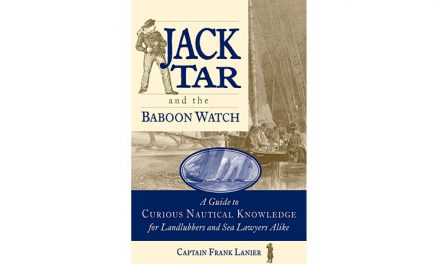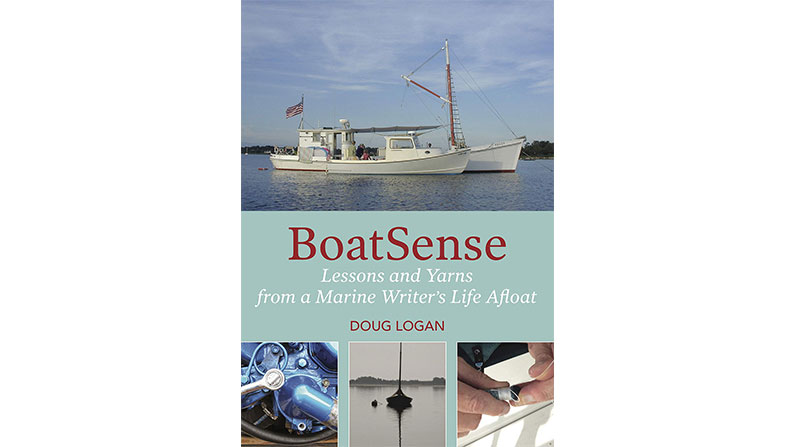 I am glad then, as gales blow and jar the house, and horizontal snows fly by, that my father with his typical creative, extravagant imagination, took his children out to sea to learn how to live.” This sentence ends a wonderful book full of adventure and stories that would interest sailors and non-sailors alike. As a sailor, I could put myself in Nina’s place as she and her family set sail from New England to the Galapagos Islands and back. What a wonderful book to escape a cold Minnesota winter day or to read while you swing from a anchor.
I am glad then, as gales blow and jar the house, and horizontal snows fly by, that my father with his typical creative, extravagant imagination, took his children out to sea to learn how to live.” This sentence ends a wonderful book full of adventure and stories that would interest sailors and non-sailors alike. As a sailor, I could put myself in Nina’s place as she and her family set sail from New England to the Galapagos Islands and back. What a wonderful book to escape a cold Minnesota winter day or to read while you swing from a anchor.
It was 1933, the middle of the Great Depression, when Nina’s dad, who was unemployed, decided to take his family sailing. This family included his wife, four of his children, his mother-in-law, and six crew members who would help sail the boat he chartered. His teaching skills would be enriched by his artistic wife and his mother-in-law who loved literature.
The trip began on a dangerous note as they encountered one of 21 hurricanes that hit the East Coast that year. They made it through 60-mph winds — all this without radar, GPS, or other modern electronic equipment. What sailor today would head out to sea without a basic radio? But they counted on a reliable crew and a sturdy boat. Their adventure starts with a storm, but along the way, many adventures await them. Who wouldn’t be thrilled to have a school of dolphins follow their boat or ride on a 400 pound, 200-year-old turtle in the Galapagos Islands? Friendly islanders in the Caribbean great the crew warmly; the children are anxious to meet these strange new children.
I invite you to come along with the Chandler family as Nina tells the amazing journey that changed her life and that of her siblings back in 1933 and 1934. As she states in her book . . . “the comprehensive sea-going curriculum awoke a curiosity in these children that never left the young mariners.”
The Cruise of the Blue Dolphin: A Family’s Adventure at Sea by Nina Chandler Murray )The Lyons Press, 2002; 306 pages)




